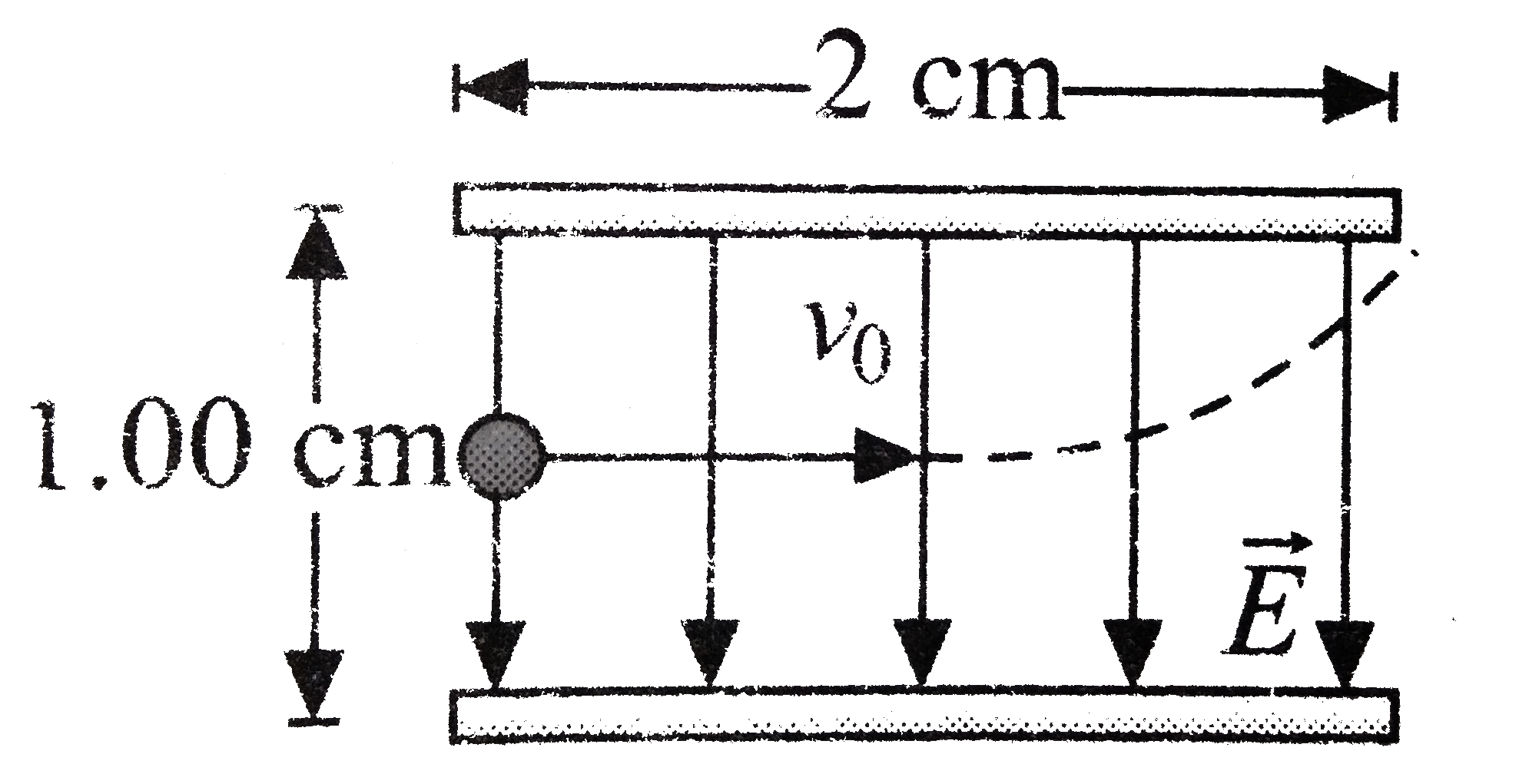If in a conductor number density of electrons is 8.5×1028 average relaxation time 25 femtosecond mass of electron being 9.1×10−31kg, the resistivity would be of the order.
10−7Ωm
10−6Ωm
10−8Ωm
10−5Ωm
p=m≠2t=1.67×10−8Ωm
Topper's Solved these Questions
- DC CIRCUITBOOK - VMC MODULES ENGLISHCHAPTER - DC CIRCUITEXERCISE - JEE ADVANCED ARCHIVE
68 Videos
- DC CIRCUITBOOK - VMC MODULES ENGLISHCHAPTER - DC CIRCUITEXERCISE - LEVEL-2 DAILY TUTORIAL SHEET-5
10 Videos
- CURRENT ELECTRICITYBOOK - VMC MODULES ENGLISHCHAPTER - CURRENT ELECTRICITYEXERCISE - IN-CHAPTER EXERCISE-F
10 Videos
- DYNAMICS OF A PARTICLEBOOK - VMC MODULES ENGLISHCHAPTER - DYNAMICS OF A PARTICLEEXERCISE - JEE Advance (Archive) Level - II (SINGLE OPTION CORRECT TYPE )
31 Videos
Similar Questions
In conductor, if the number of conduction electrons per unit volume is 8.5×1028m−3 and mean free time is 25 fs (femto seconds), it's approximate resistivity is : (me=9.1×10−31kg)
View SolutionThe kinetic energy of an electron is 4.55×10−25J .The mass of electron is 9.1×10−34kg. Calculate velocity of the electron.
View SolutionIf n ,e,m and τ are free electron density in conductor , charge of electron, mass of electron and relaxation time of free electrons , then resistivity ρ of the conductor can be expressed as
View SolutionThe kinetic energy of an electron is 4.55×10−25 J. Calculate the wavelength, (h=6.6×10−34 Jsec,mass of electron=9.1×10−31 kg).
View SolutionFind the relaxation time for free electrons in copper, if the density of mobile electrons in copper, if the density of mobile electrons is 8.4×1028m−3. The resistivity of copper at room temperature is 1.7×10−8Ωm.
Given : mass of electron =9.11×10−31kg and charge on electron =1.6×10−19C.
View SolutionWhen 5 V potential difference is applied across a wire of length 0.1 m, the drift speed of electrons is 2.5×10−4ms−1. If the electron density in the wire is 8×1028m−3, the resistivity of the material is close to :
View SolutionThe mass of half mole of electrons is about (Given: Mass of electron =9.1×10−28 g)
View SolutionAn electron is projected with an initial speed v0=1.60×106ms−1 into the uniform field between the parallel plates as shown in fig. Assume that the field between the plates is uniform and directed vertically downward, and that the field outside the plates is zero. the electrons enters the field at a point midway between the plates. Mass of electron is 9.1×10−31kg.

The vertical displacement traveled by the proton as it exits the region between the plated is (mass pf proton is 1.67×10−27kg).
View SolutionAn electron is projected with an initial speed v0=1.60×106ms−1 into the uniform field between the parallel plates as shown in fig. Assume that the field between the plates is uniform and directed vertically downward, and that the field outside the plates is zero. the electrons enters the field at a point midway between the plates. Mass of electron is 9.1×10−31kg.

The vertical displacement traveled by the proton as it exits the region between the plated is (mass pf proton is 1.67×10−27kg).
View SolutionDetermine the de Broglie wavelength of a proton, whose kinetice energy is equal to the rest of the mass energy of an electron. Given that the mass of an electron is 9×10−31 kg and the mass of a proton is 1837 times as that of the electron.
View Solution
